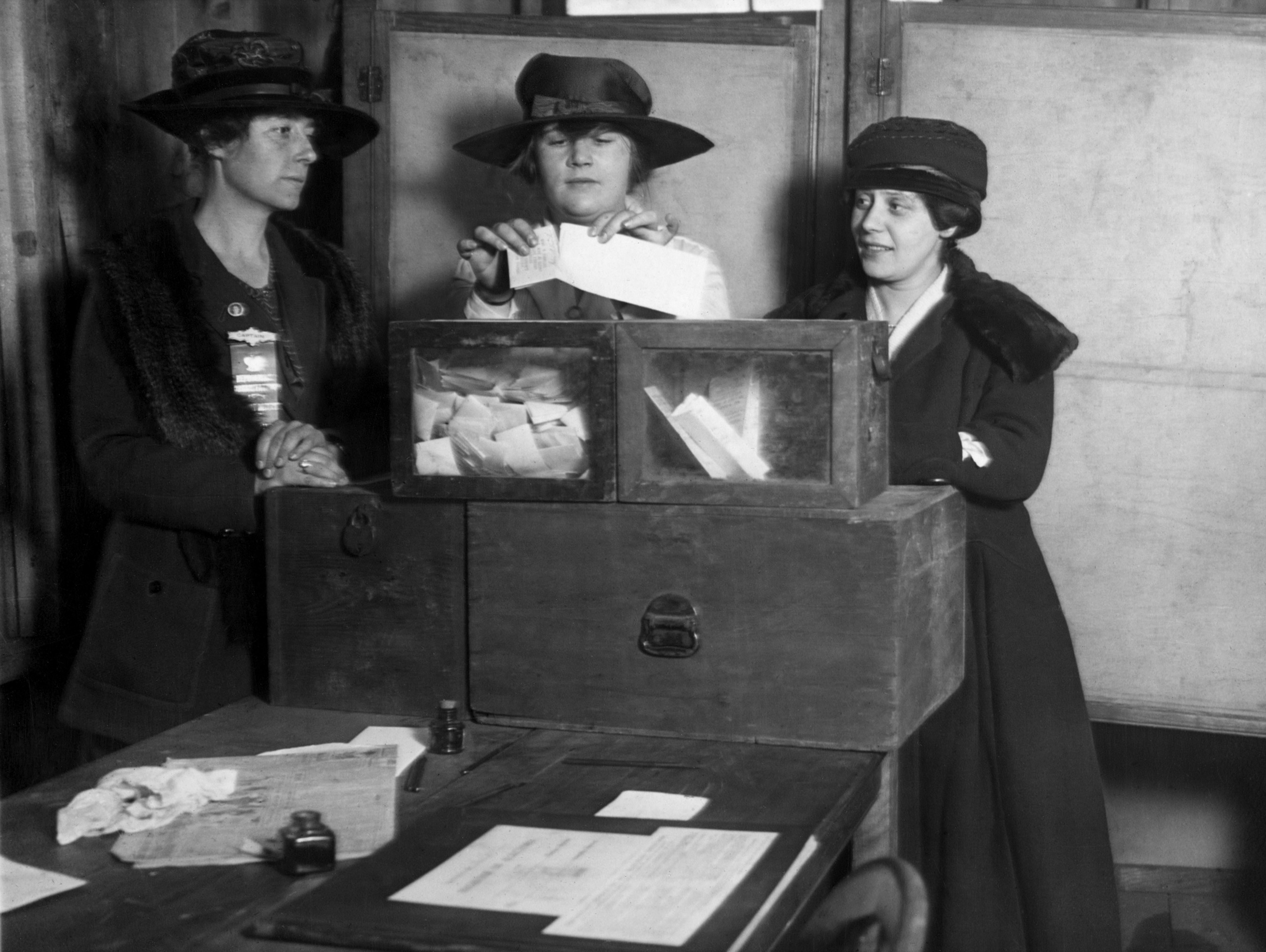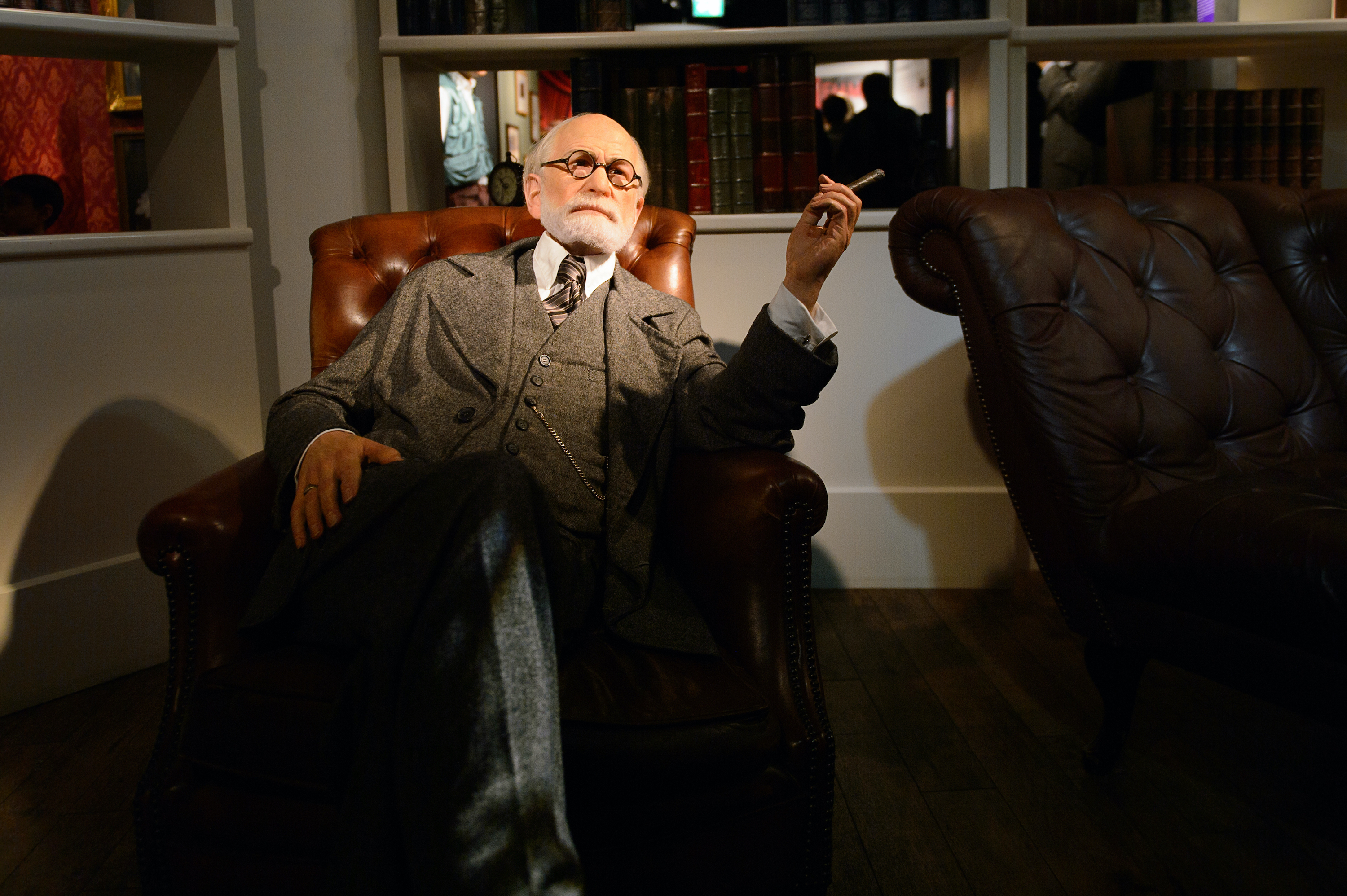Mind control can mean many things according to context, time and place. In researching the history of mind control, I’m aware that there are long-standing fears about possession and indoctrination. It’s an ongoing question whether or not we’re free of covert influences and forces that can possess us.
Nevertheless, I think debates about mind control in the 20th century are focused on the role of psychology, technology and science in an age of totalitarianism. I believe mind control is inevitably linked to concerns about brainwashing, thought control and so on.


